Qualcomm announced the launch of its first chip supporting the 5G network, the Opteron X50 debug demodulator. Although the final standard of 5G has not yet been determined, according to Qualcomm's roadmap, it will commercialize mobile terminals based on the Opteron X50 chip at the Korean Winter Olympics in 2018, and has begun cooperation with Korean operator KT to deploy 5G-SIG. The internet. At the same time, Qualcomm and US operator Verizen also began to cooperate on mobile broadband to jointly deploy 5GTF networks. It is not difficult to see that Qualcomm's strategy on 5G is not on paper, but actual action.
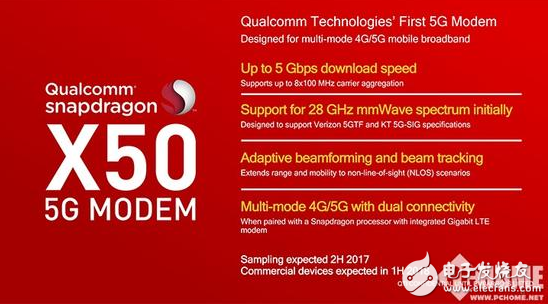
The first 5G debug demodulator Qualcomm Xiaolong X50
Previously, Qualcomm had introduced the industry's fastest LTE debug demodulator, the X16, which enabled our mobile data network to reach an astonishing 1 Gbit/s downlink speed. Although operators need to support this rate for several years, Qualcomm has not stopped here. Through years of technical accumulation and research and development, it has successfully launched the Xiaolong X50 debug demodulator with a downlink speed of up to 5Gbit/s for future Application scenarios such as centralized data broadcasting, VR, and cloud storage provide strong technical support.

5G network evolution schedule
There are many mobile phone companies and communication companies in China claiming to have 5G related patent technologies, but the 3GPP standards organization has not confirmed the final international specifications, so these so-called patents may not be commercially available. Qualcomm's X50 is a single-mode 5G debug demodulator based on the 28GHz millimeter band. It was previously supported by upstream companies such as Ericsson and became an active contributor and advocate of the 3GPP 5G New Radio (NR) standard. According to the historical process, the probability of becoming the final standard is very high.
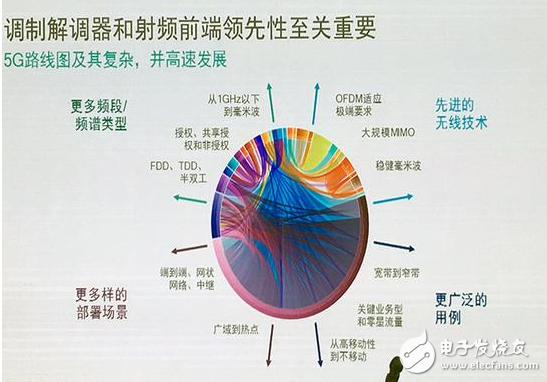
The utilization rate of the network will reach a record high in the 5G era
Qualcomm's 5G vision is to design a 5G network below the 6G spectrum into a network that supports all spectrums and frequency bands. That is to say, the licensed spectrum, the shared licensed spectrum, and the unlicensed spectrum are all used. Thus, the network is cut into three frequency bands, that is, a long-distance coverage network used for the Internet of Things below 1 GHz, 1 GHz-6 GHz for mobile data, and 6 GHz or higher for short-range extreme mobile broadband. In other words, under the 5G network, the WIFI and the mobile data network coexist, and can be shared according to the number of resources. Through the carrier aggregation technology, the device can automatically switch the primary and secondary carriers in the unblocked spectrum, and more efficiently utilize the spectrum and Band resources. Utilize both authorized and unlicensed spectrum to address the shortage of bandwidth in the global carrier.
Friends who know about the radio know that the higher the signal frequency, the closer the transmission. This is because the higher the frequency, the shorter the wavelength, the weaker the ability of the diffraction (diffraction effect), but the stronger the penetration ability (invariant direction), the faster the transmission rate. However, the signal will lose a lot of energy during the penetration process, and the transmission distance may be closer, so the higher the frequency, the greater the loss in the propagation process. According to data shared by industry insiders, if there is no related patent technology, the millimeter wave has been attenuated by 90db in the open space of 30 meters. To put it bluntly, it is impossible for a user to use a mobile phone near a base station, so using a 28 GHz millimeter wave for data transmission is actually a very difficult task.
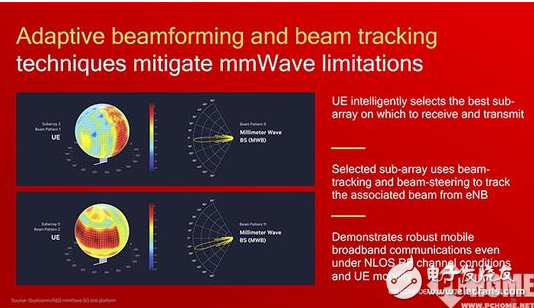
Beamforming and beam tracking technology are key to achieving 28 GHz millimeter wave transmission
The Qualcomm X50 debug demodulator uses many of its own proprietary technologies, such as MIMO antenna technology for adaptive beamforming and beam tracking, and end-to-end, which are industry leaders. I just said that the high-frequency signal is easy to attenuate and cannot "bypass" the object like the low-frequency signal. However, through Qualcomm's patented technology, the base station can transmit a directional beam to maintain a one-to-one connection with the terminal device, even if the terminal device moves. It is also possible to adjust the beam angle at any time, even through the reflection of the wall for non-line-of-sight connections.
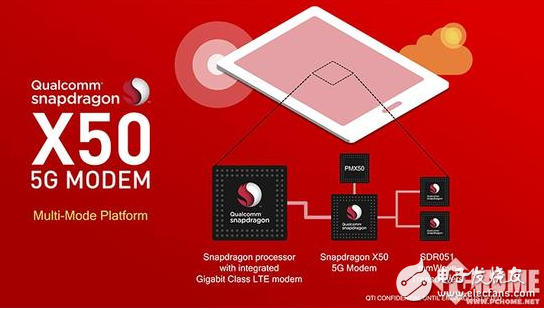
The X50 is definitely not a PPT debug demodulator. It has a complete set of solutions to ensure
Designed for the thickness and size of current mainstream mobile phones, it is usually possible to drop 32 antennas with a transmission distance of at least 300 meters. Qualcomm has already launched a complete solution, including the Snapdragon SoC (the author guesses it is 830 or 835), the X50 debug demodulator, and two RF front-end chips SDR 051. Because of the millimeter wave, the antenna and power can be designed very small, so there is no need to worry about the size and power consumption of the entire solution.

When encountering obstacles, you can also connect by reflection, as if both sides track each other.
Some people may refute that the 300-meter coverage can be placed on the WIFI connection, but it is simply a chicken rib on a communication network with a range of tens of kilometers covered by 2G/3G/4G. But please don't forget that the 5G network improves the rate of the downlink channel and the width of the frequency band. The coverage can be completed by building more small base stations. At the same time, Qualcomm also thought of this point. With dual connectivity technology, the X50 debug demodulator is compatible with LTE debug demodulator like X16. Simply put, when we leave the 5G network coverage, the Gigabit 4G network can still stay connected. (Is this much like a multimode phone when the 4G network is just commercial?)
Having said that, I believe that many netizens will think that the speed of the Internet is so fast. On the surface, the downlink speed of 5Gbit/s can really increase the theoretical download speed to 640M/s. If there is no package, the house may not be available. But at a deeper level, realizing the perfect interoperability between the cloud and the local must rely on faster speeds.
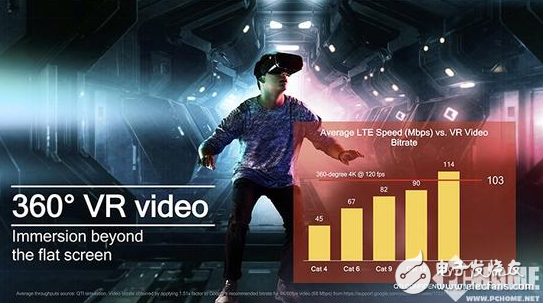
Monocular 2k VR requires at least 103Mbps to meet smooth demands
According to the daily usage data collected by Qualcomm, the 4K random read of the network disk file requires a downlink bandwidth of 116 Mbps to "second read", and a 120 kHz 4K VR requires 103 Mbps to wait for loading. These two application scenarios require a downlink speed of Cat16 or higher to be compatible, that is, the Qualcomm X16 can be satisfied.
However, the above list is only the basic application. The more realistic situation is that in the extremely densely populated places such as football stadiums and concert venues, when thousands of terminals access the base station at the same time, any existing commercial network cannot cope. (Refer to Beijing Bird's Nest, Mercedes Cultural Center, etc.). But in the 5G era, this problem will no longer be a problem, and perhaps the ordinary wired network will be eliminated by that day.
915MHZ Rubber Antenna ,915MHZ Antenna with magnetic base ,915MHZ fiberglass antenna
Yetnorson Antenna Co., Ltd. , https://www.yetnorson.com